The Kali Gandaki or Gandaki River is one of the major rivers of Nepal and a tributary of the river Ganges in India. It is also called Krishna Gandaki in Nepal. However, one of the most important features of the river are the smooth, shining, black, egg-like stones that are found on the banks of Gandaki called Shaligram. These dark Himalayan fossils are believed to be somewhere between 140 to 165 millions years old.
Gandaki River Is An Important River For Hindus For Several Reasons:
It is here that Valmiki Rishi wrote the great epic, Ramayana. The ancient Valmiki Ashram still exists today and is a place of pilgrimage. Believed to be the birthpalce of Luv and Kush, the two sons of Lord Ram and Sita.
The hermitage also landmarks the ‘Falahar” (eating place) of Sita. Ashwamedh horse was believed to be tied here. The river is mentioned in the epic of Mahabharata.Its evolution is described in Shiva Purana, Kumarakhand and in the chapter of the killing of Shankachuda. Also known as shilas, these stones are revered and worshiped by Hindus as manifestations of Lord Vishnu himself. It is believed that Saraswati cursed Lakshmi in anger once which changed Lakshmi into a tulsi plant and forced her to live on earth forever.
[wp_ad_camp_1]
Vishnu intervened and modified the curse, saying Lakshmi would remain on earth as tulsi until the river Gandaki flowed from her body. In the meanwhile, he would stay by the riverside in the form of a stone until he can take her back to His abode. It is for this reason that the tulsi plant and shila deities are always worshiped together as Lakshmi and Vishnu.
Each Shaligram piece is unique and they are worshiped according to the markings and shape of the stone. Some stones resemble Vishnu’s paraphernalia such as chakra, lotus, conch, mace. Shaligram stones come in dfferent colors such as red, blue, yellow, green and black. Of these, the yellow, blue and black varieties are considered more sacred. The yellow and golden-colored Shaligrams are considered most auspicious and are believed to bestow great wealth and prosperity on its worshipers.
Shaligrams of Different Shapes are Often Associated with Different Avatars or Incarnations of Vishnu and Believed to Bring Different Energies with Them when Worshiped, Such as:
Matsya: Incarnation of Vishnu in the form of fish. It bestows the worshipper with peaceful environment, austerity and philanthropy.
Kurma: Incarnation of Vishnu in the form of Tortoise. The worshiper gets immense perserverence, strong will power, patience, wealth and happiness in his life.
Varaha: Incarnation of Vishnu in the form of Boar. Brings immense protection and removes negativity.
Narsimha: Incarnation of Vishnu in the form of half man and half lion. Instills fearless and success in all endeavors.
Vamana: Incarnation of Vishnu in the form of small dwarf. Brings immense strength to fight against all odds, evils and enemies.
Krishna: Worshiper of Krishna shaligram will earn a great respect and dignity in the society.
Surya: Depicts Lord Vishnu himself. Brings the quality of the sun – to rule and to move continuously with brilliant radiance and strength. Gives happiness, popularity and material gains.
Shivlinga: Symbol of auspiciousness, brings health and peace. The worshipping of this shaligram increases the family harmony.
Mahalakshmi: Bestows the devotee with good health and wealth . Man can progress in business and service and spends his life happily, shields from loss.
Ganesha: Removes obstacles and brings success in all undertakings.
Maha Vishnu: Brings eternal peace, contains influence of all ten incarnations and considered the most powerful Shaligram.
Lakshmi Narayan: A rare Shaligram, it is the direct representation of goddess Lakshmi and Lord Narayana. Brings immense wealth, protection and very good health.
Lakshmi Narasimha: Another very rare Shaligram, it represents goddess Lakshmi and Narasimha. Brings protection, good fortune, peace and all worldly comforts.
Shaligram Is Mentioned In The Following:
Lord Krisha refers to the qualities of Shaligram while giving discourse to Yudhistra.
In Padampurana, it is said that whatever homes you find a Shaligram, that home is better than places of pilgrimage.
In Skandpuran, Shiva has narrated the importance of Shaligram.
In Brahmvaivartpuran, Prakritikhand, it is said that wherever one finds Shaligram, Vishnu resides there.
Shaligram worship can be traced to the time of Adi Shankara through his works, especially in Taittiriya Upanishad and Brahma Sutras, suggesting that the use of Shaligram in the worship of Vishnu has been a well-known Hindu practice.
The largest and the heaviest Shaligram is located at Jagannath Temple while the main ISKCON temple in Scotland, called Karuna Bhavan is famous for housing the largest number of Shaligram Shilas outside of India.
The Shaligrams are usually hereditary and are passed down through many generations. Sale and purchase of Shaligram shilas are prohibited in Skanda Purana.

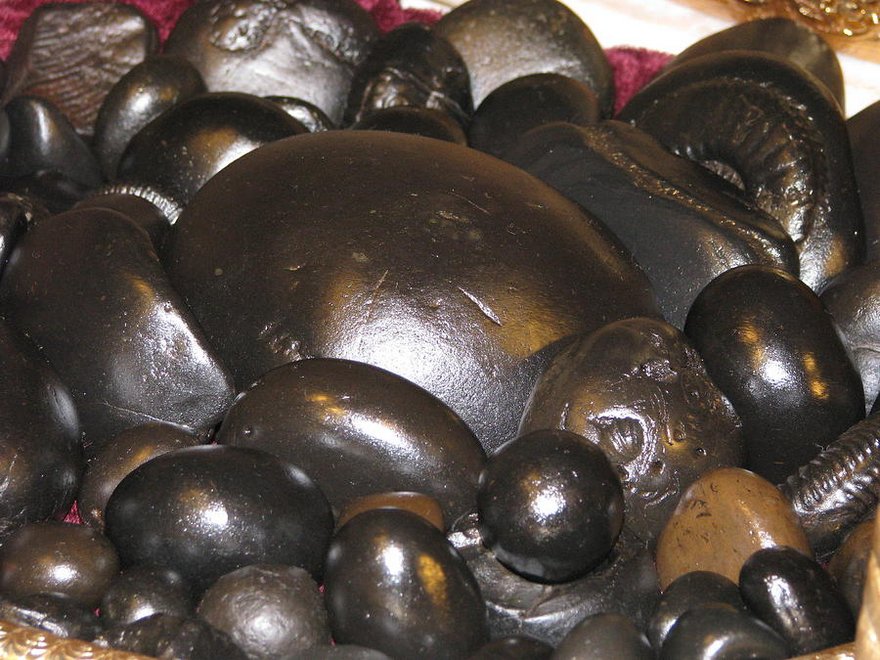
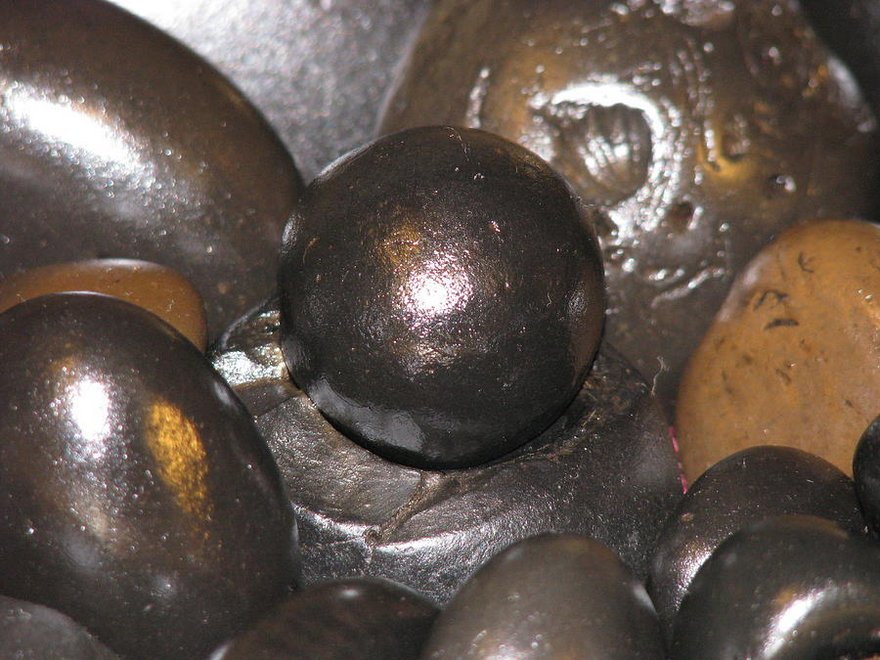
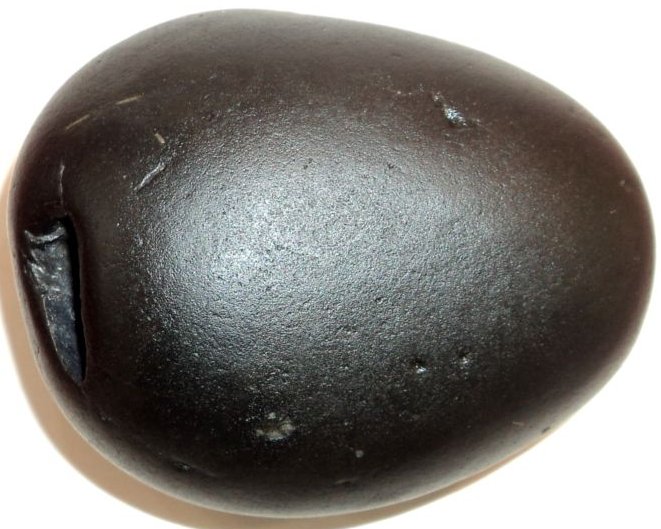
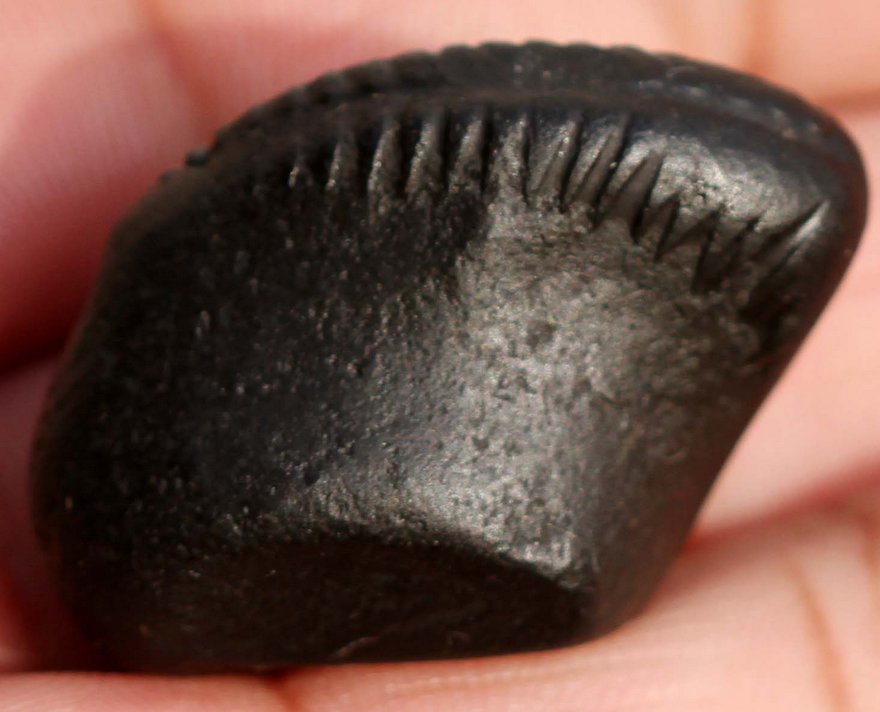
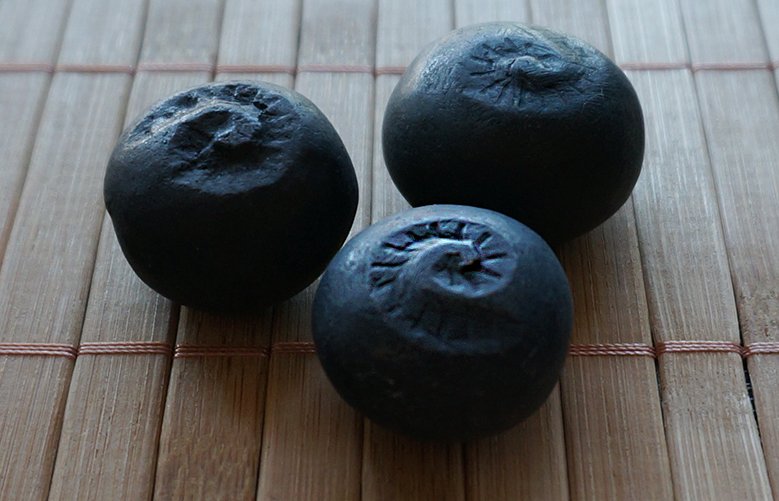
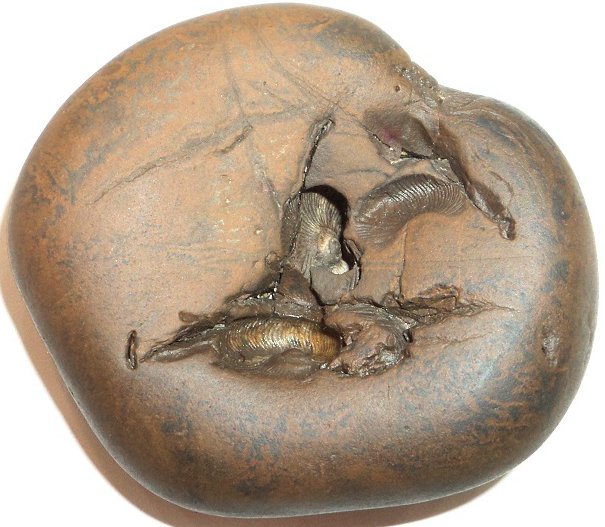

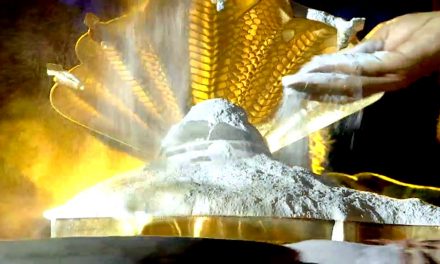









Hello my loved one! I want to say that this post is awesome, nice written and come with approximately all important infos. I would like to see more posts like this .
Incredible !
Hy it is heart throbing information posted really a reader of this blog information salutes you for such a life changer information God Bless
Here is tiny request let me know where i find treatment of voddo spell and siflee spell in which hindu gramth for getting rid from these two spells plz inform
It’s very good article.
Good explanation
Spreads religious knowledge
Quite informative
This one best article I have come across in the recent days.
Immensely pleased.
Thank you for the superb information & the detail pictures.
You have encouraged many wonderful thoughts to deal with, never too late to learn.
Thank you once again USA
Loved your article very much. Thanks for sharing
Excellent article. If sale of shaligram is not allowed, where can we find one to keep in home. Kindly guide.
Great information!People say Shaligram should not be kept at home as abhishek and pooja should be offered every day.Is it true?Kindly guide. Thank you.
I always read the arrivals came on this page all the times. It gives me a lot of knowledge and wisdom.
Thanks for keeping informed the world
I WOULD LIKE TO HAVE A SALIGRAM IN MY POOJA ROOM. BUT WHAT TO DO? WHERE CAN I GET ONE IN GREEN COLOUR. IS IT AVAILABLE IN GANTAKI RIVER IN NEPAL.
The article is very informative. The different pictures are shown but all of black Shaligram. For the first time I heard of yellow different colored Shaligrams. We have Shaligram in our home and worship it.
Nice information from where to get SHALIKGRSM in MAHARASHTRA how to place it and how to perform pooja pleasr suggest
A GREAT LEARNING FROM THE READINGS
Your refreshing articles are always a wonderful break from the mundane. Thank you and looking forward to many more.
Explanation of Shaligrama. A great lesson to all of us.
Can you let us know the difference of Shaligrama and Sudarshana?
We have Hayagrever Saligram (Education) Which was worshipped by my husband’s great great grand father some 200yrs. old. Now it was given by my m-in-law to my husband.My husband does puja everyday & Thirumanjanam on every Friday,chan Hayagrevo Mahavishnu Kesava Madhusudhanaha! My b-in-law has Santhana Gopalan also 200 yrs old.
I am interested in the answers with the above questions on the Shaligram.
Where can one get them or purchase them?
Do one need to do daily pooja to it or will be fine to keep it in the pooja room?
It is would be interesting in having more information.
Namaste
Great information. Can you please tell from where and how can one get a shaligram.